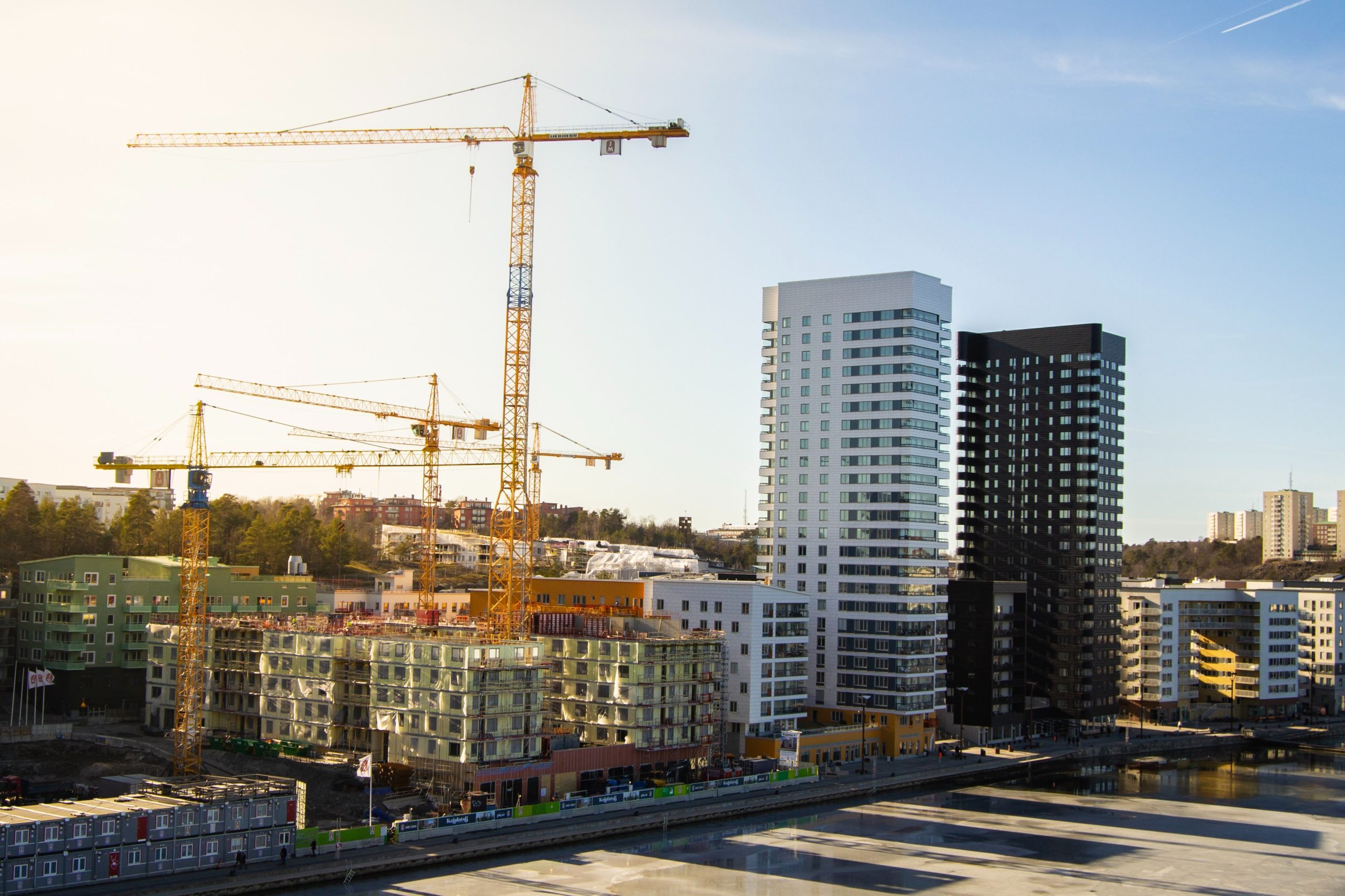
Senior and Assisted Living Facilities Industry Trends
As more baby boomers are entering assisted living facilities, owners and operators responsible for developing, renovating, and updating these facilities are faced with growing demands and the evolving needs of their end-users. This generation is used to having more technology than any previous generation, as well as access to a greater range and quality of healthcare and lifestyle options.
In this article, we’ll explore key industry trends operators should consider in estimating the cost and building for senior and assisted living facilities.
Cozy Design Choices
In the past, assisted living facilities sometimes carried a negative connotation, with seniors fearing a loss of their freedom and dignity. For this reason, it’s important that today’s assisted care facilities look less like hospitals and more like actual homes. Implementing the strategy to cater to the residents’ expectations can give assisted living facilities a competitive edge over more traditional nursing homes.
Owners should also take note of how the facility’s communal spaces are imagined. Human beings are social creatures, so these areas must have a welcoming atmosphere. They should be open and spacious and incorporate elements from nature like green spaces and natural sunlight. Natural lighting has many health benefits, including better sleep and more serotonin, both of which are important for seniors. Integrating engineering best practices to
develop a cozy space will go a long way in providing premium services.
Smart Technology
Today’s seniors are both aware of technological advantages and capable of navigating through them. Owners need to capitalize on this to implement smart technology into the spaces of an assisted living facility. Security and entertainment systems with voice command settings are much easier for residents to operate. Smart wearables and health monitoring devices also need to be introduced for a safe and seamless experience. Smartwatches can be programmed to sound an alarm and remind residents to take important medications.
Telehealth allows doctors to give a resident an examination without them having to leave their homes and during the lockdowns, it became a crucial factor. Healthcare providers can also leverage innovative technology to closely monitor a resident’s well-being. Keeping all this in mind, owners should develop robust technological infrastructure to allow baby boomers to enjoy their space.
Dining and Recreation Spaces
Today’s assisted living facility residents don’t want to settle for the same limited selection of bland meals each day served in an institutional-looking cafeteria. In addition to the main dining area, many facilities also now offer more casual options, like a café or bar. The menus also need to have variety, especially for special diets like vegetarian and gluten-free.
In general, seniors who live in assisted living facilities are much more active than those who live in a nursing home. There need to be dedicated spaces for exercise, as well as pathways outside for residents to walk or jog. The companionship of on-site pets can greatly improve the residents’ quality of life so facilities need to consider pet-friendly spaces and a common pet area to take care of them.
COVID-19 Considerations
The coronavirus dealt a blow to the nursing home industry, with occupancy rates dropping as the close proximity between residents and age and health-related factors increased the risk of infection. As families and facilities start to recover and make their plans for a post-pandemic world, many residents are now returning to their old homes or transferring to smaller facilities.
COVID-19 really drives home the need for each resident to have enough personal space to live comfortably and safely. As different real estate codes develop surrounding the pandemic, assisted living facilities need to be up-to-date with best practices.
Continuing Care Retirement Communities
Also known as CCRCs, these facilities provide 24/7 medical care while still allowing residents to live independently. Many of these communities also have lodging for spouses who want to live closer to the resident. Both the residents and their spouses should have the same standard of housing accommodations.
Life Care Communities
Some CCRCs also provide their residents with different LifeCare plans. A Type A contract ensures that a resident will have access to all the available amenities and healthcare benefits. They will have to pay a deposit upon entry, but it’s 90% refundable if the resident isn’t satisfied with the facility.
For those who can’t afford the highest level of care, two other options are available. The Type B contract has a lower initial deposit and smaller monthly fees. The contract also offers free days and can be adjusted if discounted rates become available. Type C contracts require no initial deposit, but special medical services are then paid at market rates.
Regardless of which level of care the resident requires, the facility needs to have enough space to accommodate everyone. Communities with primarily Type A residents will need more space for care programs than those with mostly Type C residents.
Better Building with Willis Construction Consulting, Inc.
Seniors today have more autonomy and want a greater degree of choice about where they live. Assisted living facilities have to be designed to give residents plenty of housing options. Moreover, the post-pandemic senior living industry is facing a different set of challenges. Residents demand on-premise clinical safety and psychological support.
No matter what your project, you need a cost consulting firm to factor in different changes that impact the construction cost of these facilities. Willis Construction Consulting, Inc. can help you get started with an accurate understanding of the cost involved so that you can plan, bid, and build with confidence. Reach out today for more information.
Image Credit: Pexels @ Creative Commons



